|
|
|
|
|
|
|
 Romania
|
122mm Gaoubitcha Obr. Mle 1910 Schneider-Putilov |
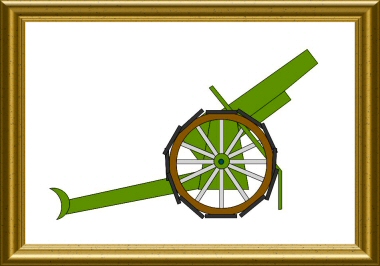 Heavy artillery
|
|
|
Contributor :
|
Location :
Romania
Bucarest
Ferdinand the 1st military museum
Coordinates :
Lat : 44.44060 / Long : 26.07810
|
General comments on this surviving gun :
Not having its own weapons industry, Romania was equipped before WW1 with foreign artillery material, mainly from Germany. Romania was iondded linked by a military secret treaty with this country. After Romania entry into war in 1916 at the side of the Entente country, against the treaty, and the military disasters encountered the same year, it had to be totally re-equipped with French material.
Despite it was used by the Romanian army, this material must be considered as belonging to the inventories of the central powers countries...
Identical items in the same location :
1
Items covered by this file :
1
|
|
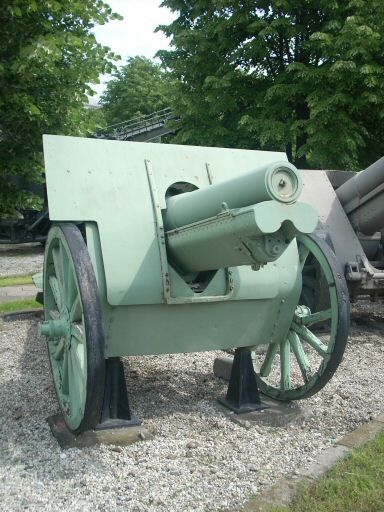
|
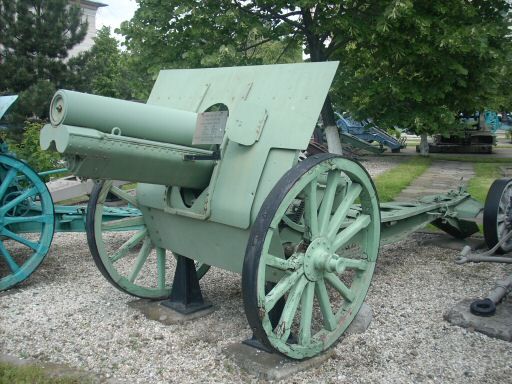
|
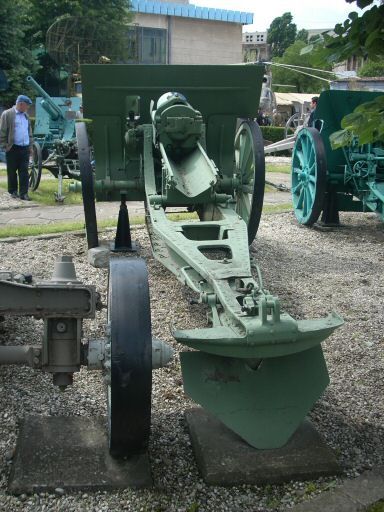
|
|
|
|
|
|
Historic and technical information
|
|
Denomination :
122mm Mle 1910
|
Origin :
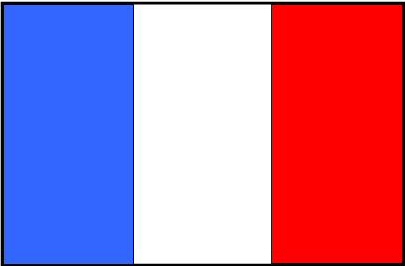 (
Schneider)
(
Schneider)
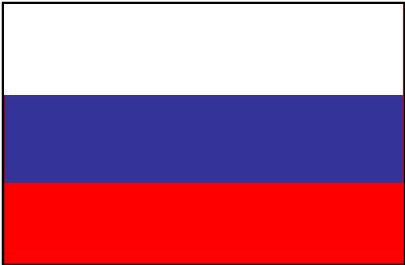 (
Putilov )
(
Putilov )
|
|
Historic context :
Sollicitated by Russia to participate to the modernisation program of the Tsar artillery, the companies Krupp, and Schneider both proposed a 122 mm (4.8 inches) light howitzer and had it manufactured under licence by Putilov.
The Schneider '122mm M 1910' howitzer designed for Russia owned the main characteristics of the most modern equipments available in the first decade of the XXth century as seen by the talenteous Schneider engineers : hydro-pneumatic recoil recuperating system, quick action breech opening system, shield, box trail, etc... it was also recognizable with the long rear cradle typical of the Schneider materials and allowing a good balance of the tube0de cette époque, qui permettait un équilibrage de l'ensemble tube / recoil system / cradle around the trunions that were placed close to the breech block.
This field howitzer performances had nothing to envy to the ones of its Krupp German competitor of the same caliber that had been also chosen by Russia.
Schneider proposed too this howitzer to France before the war, when the need for adding some light or middle field howitzers was beginning to emerge in the French headquarters, The weapon was officially adopted, but the order was never given. Anyhow, France ended in using in small quantities the 120 C.S. (Schneider nomenclature) that the Creusot manufacturer had begun to produce for Bulgaria and was seized and used under the name '120mm Mle 1911
This very good howitzer participated to the Russian Army fights during WW1 and then remained in service in the Soviet Army. These numerous weapons were modernised in 1930 under the appellation '122 mm M 1910/30' (particularly with a carriage strengthening and an elongation of the barrel with 1 calibre), and participated under that version to the WW2 fights as the main divisional light howitzer. Numerous such howitzer were captured by the Finnish and German armies and used by them.
|
Technical data :
- Complete description : 122 mm Schneider-Putilov field howitzer M 1910
- Design year : 1910
- Calibre : 121.90 mm (4.8 inches)
- Weight in firing position : 1466 kg
- Weight for transportation :
- Tube length in calibres : 12.60 (rifled part) - 12.8 calibres total length
- Grooves : 0 unknown
- Projectile weight : 21.76 kg
- Initial speed : 364 m/s
- Fire rate :
- Range : 8900 m
- Elevation range : -3 to +43 degrés
- Direction range : 4.7 degrees range
|
Sources
|
|
|
|